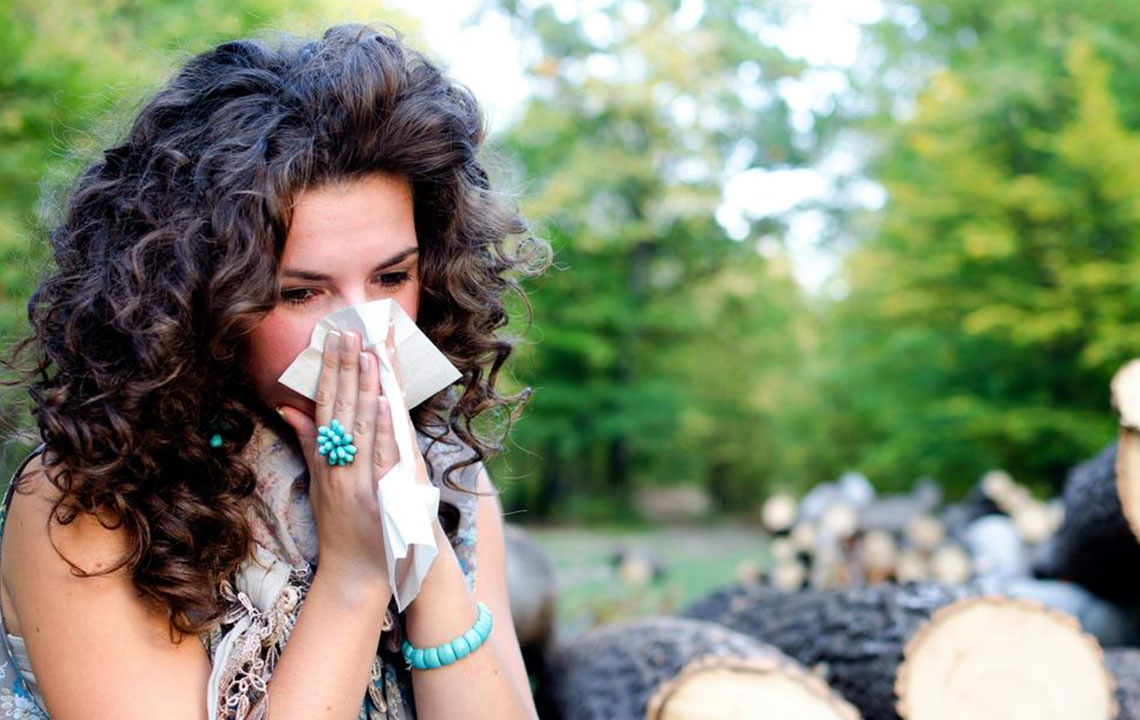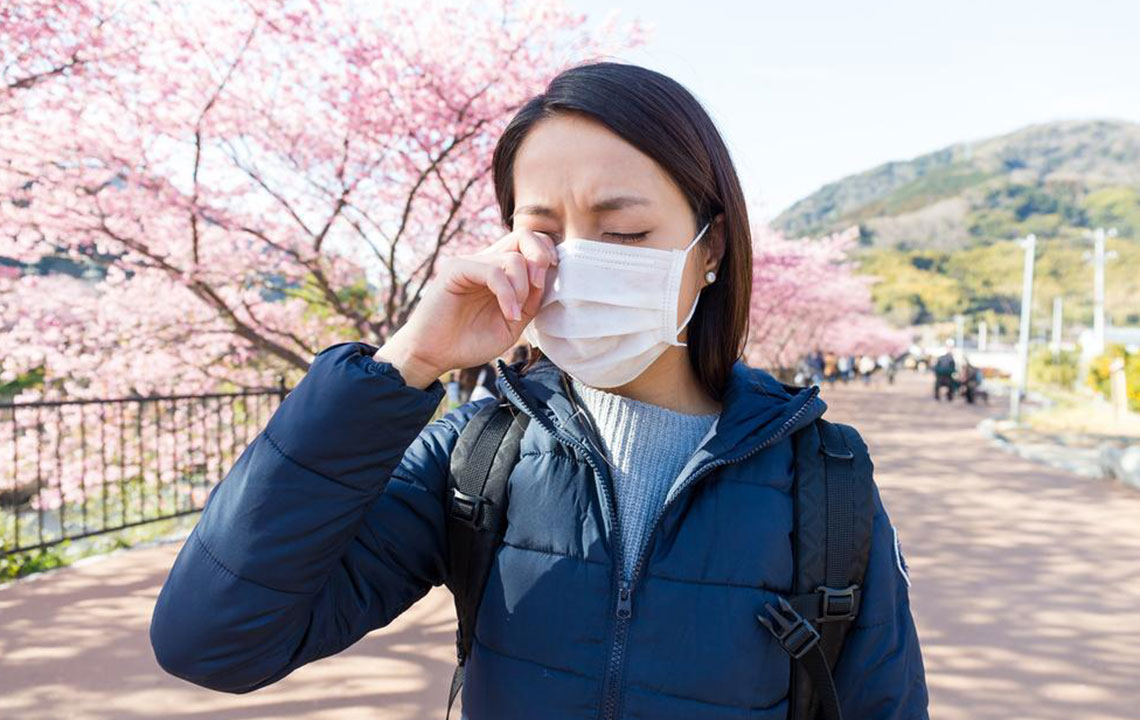7 Common Spring Allergies Symptoms
Spring is a season when flowers bloom, and the plants and trees flourish. So undoubtedly nature is at its best. During springtime, the trees and flowers release pollen in the air to reproduce. However, for some people, spring means a period of allergic reactions and numerous visits to the doctor. The allergic reactions can be caused due to trees and weeds like alder, ash, aspen, box elder, cypress, elm, beech, hickory, oak, olive, orchard, redtop, and many more.

When our body comes in contact with an allergen, it starts producing allergy specific antibodies called immunoglobulin, as the part of a natural immune reaction. These antibodies are present in our nose, throat, eyes, and lungs. As soon as our body comes in contact with any allergens such as pollen, the natural reaction begins, and spring allergy symptoms like sneezing and burning eyes appear.
The spring allergy symptoms could be visible, but occur late, so it should be anticipated early, and preventive measures should be taken to avoid the discomfort. Following are some of the common spring allergy symptoms.
- A runny nose
A runny nose is the most common symptom of spring allergy. You might experience a frequent discharge of nasal fluids at random times, during the day. Keep a handkerchief with you always, to keep your nose clear and to maintain hygiene. A homemade nasal irrigation solution can help clear the nasal passage and the sinus tract. Mix a quarter teaspoon of salt and baking soda, in distilled water to make your nasal irrigation mixture. Transfer this mixture to a squeeze bottle and irrigate your nose three times a day, to relieve the symptoms. Taking a steam treatment can also help to unclog the nasal passage. To make a steamer at home, just boil a liter of water on high heat. Lower your head over the pot, and cover your head and shoulders with a blanket, so that steam doesn’t escape while you breathe in. - Sneezing
Some people experience constant sneezing, soon as they come in contact with an allergen. The body produces histamines, which is a natural immune reaction to combat allergies. You can take over the counter anti-histamine drugs to alleviate the symptoms of an allergic reaction like sneezing and sniffling. You can also try decongestants for the blockage in your nose, caused by mucus.
Nasal sprays are a good option to clear the nasal passage and alleviate the symptoms of allergies. - Burning eyes
During spring, you might feel a slight burning sensation in your eyes, which can make you teary-eyed. Another very common spring allergy symptom is swollen patches under the eyes or dark circles around the eyes. Over the counter eye drops can help reduce the burning and itching sensation in your eyes. - Watery eyes
Constant itchiness and rubbing the eyes can lead to watery eyes, during spring. Wash your eyes often with cold water to make sure your eyes are clean and fresh at all times. Get proper rest to make sure that you do not stress your irritated eyes. - Coughing
Your lungs can also take a hit while your body responds to an allergen. You can experience congestion in your respiratory tract, which might result in coughing. It might get worse if not treated properly in time. A good steam session can help to open up the congested chest and make you feel better. Hit the sauna or indulge in your homemade steam therapy, to help manage your cough, and give some rest to your lungs. - Itchy eyes and nose
Itching sensation in eyes and the nasal tract is one of the common spring allergies symptoms. While antibiotic medicines can help get rid of these symptoms, you can also use any of the suggested home remedies to ease these symptoms and make yourself feel better. - Allergy immunotherapy
Immunotherapy is one of the leading courses of treatment to manage spring allergies. Allergy shots are a long-term treatment and are quite effective. Allergy shots, also known as subcutaneous immunotherapy (SCIT), prevent new allergies from developing, by making changes to the immune system in our bodies. These allergy shots contain a few allergens that are injected into the skin in multiple rounds, till the body becomes resistant to their effects. These shots are given once every week until seven months, after which the frequency is reduced to once every two weeks, and further reduced to once every four weeks. The treatment may last up to three to five years.




